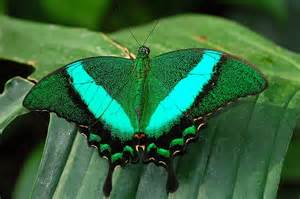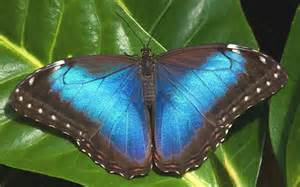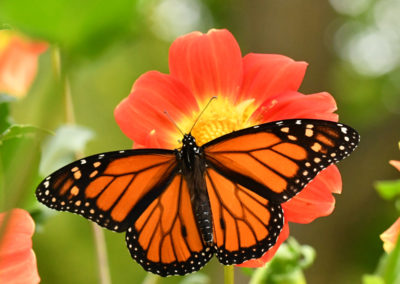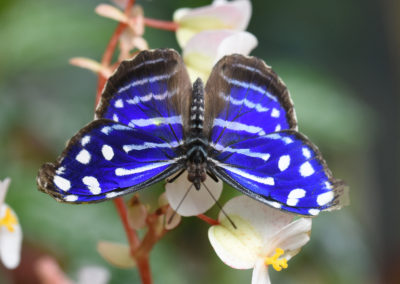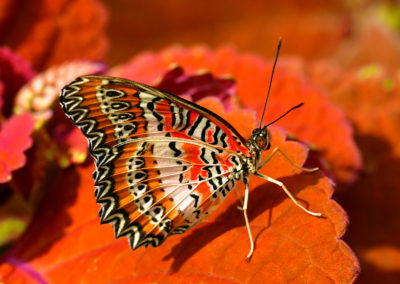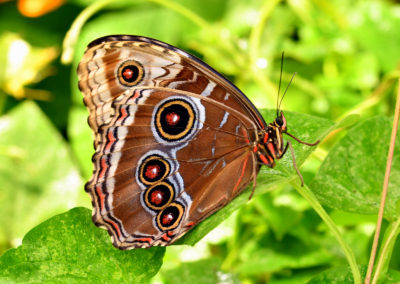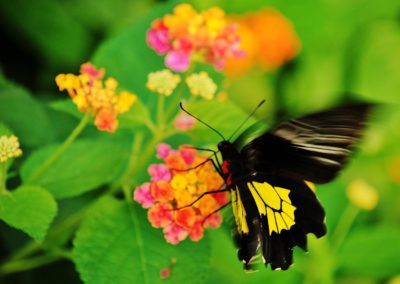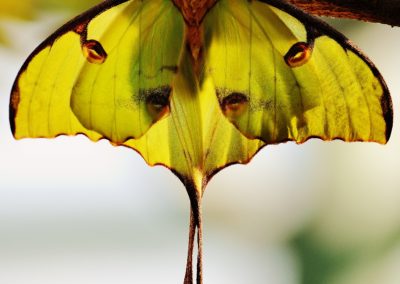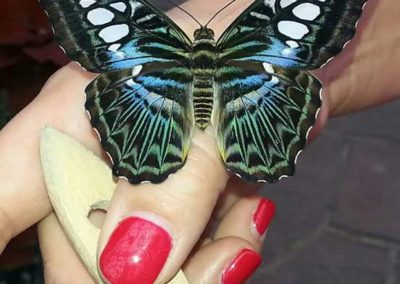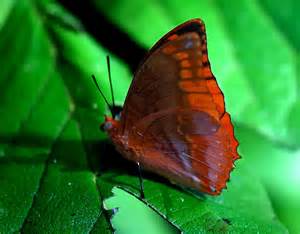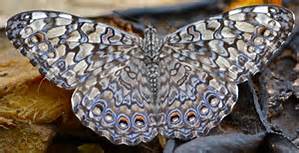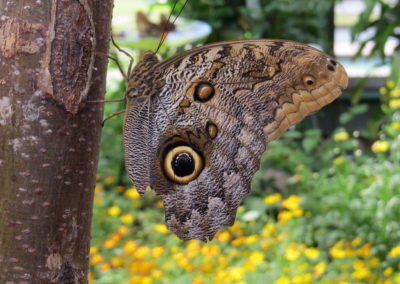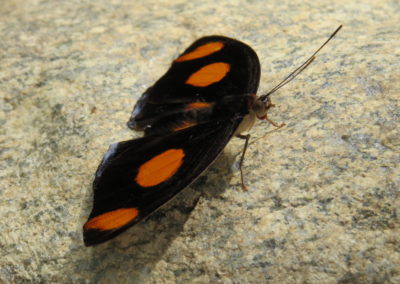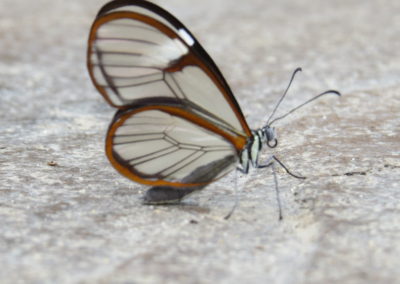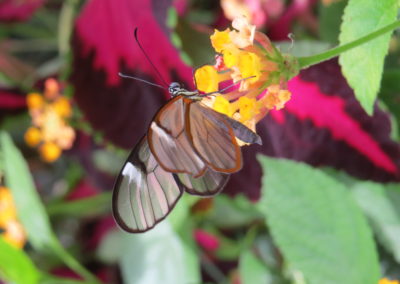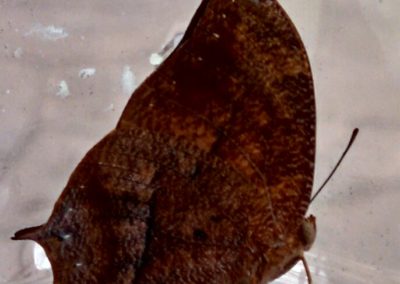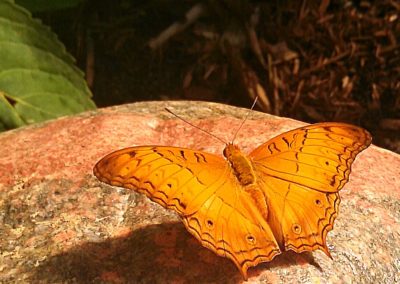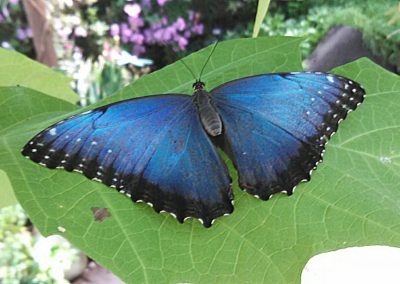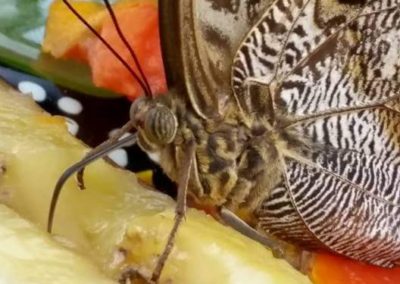Butterfly House
Garden Rules
While in our care, we strive to provide a healthy environment for our collection and enforce the following garden rules:
- No handling/grabbing/catching/harrassing of butterflies-when handled, damage is done to the delicate scales on the butterfly wings which enable flight. If they can’t fly, they can’t eat, and die quickly.
- Stick to the paths and keep kids close by-They will need your help spotting butterflies!
- Leave large bags or oversized strollers outside. We want all our guests to enjoy their time, so please limit your personal items into the exhibit.
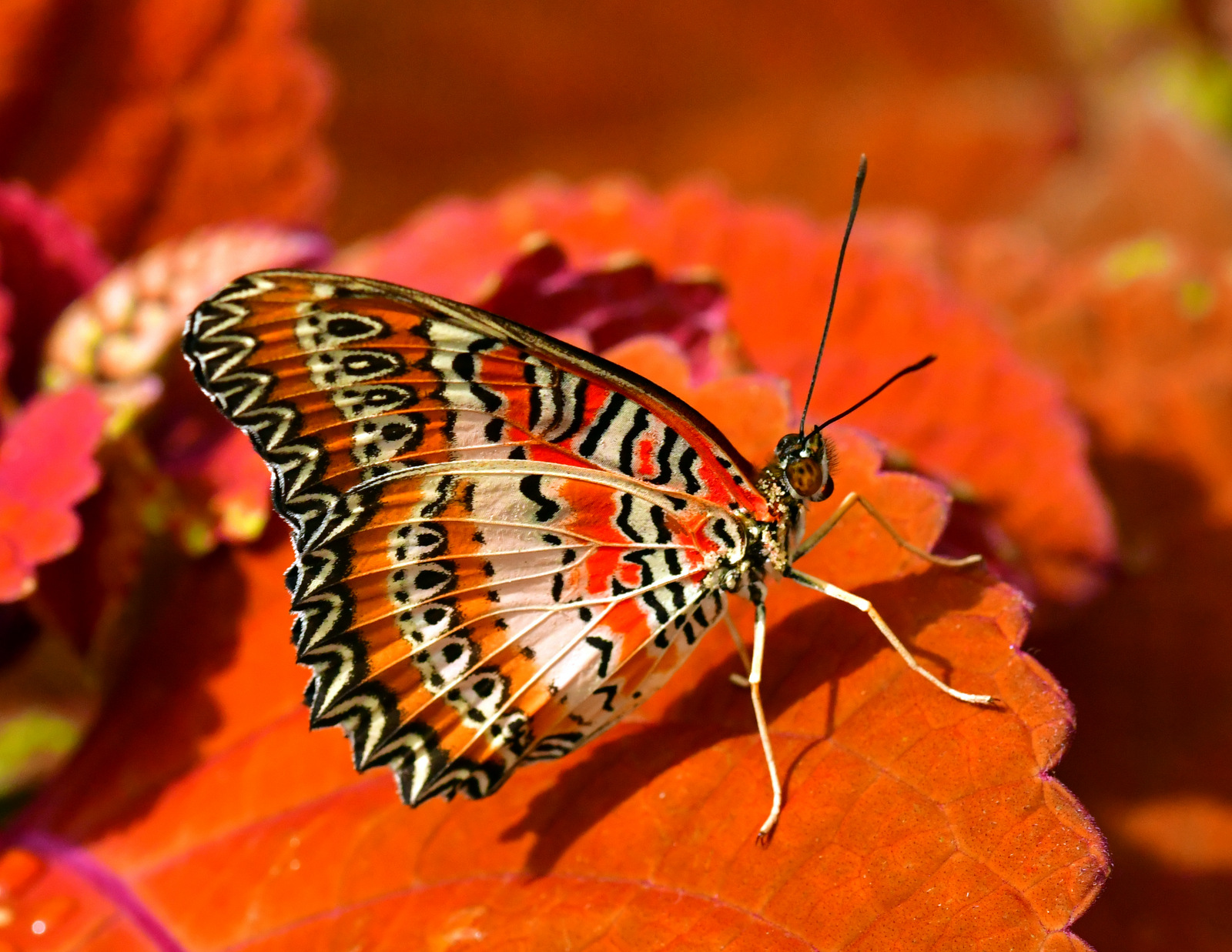
Remember, butterflies are like flowers…They do not have a very long life span, living only a couple of months, or in the case of the giant Atlas moth, only a few days!

Our Garden is filled with plants and flowers that best showcase the hundreds of butterflies flying all around you. Enjoy the tranquil water features, and take in the tropical setting.
Tropical butterflies are from all around the globe, and will amaze you as they emerge from their chrysalis in our viewing area, and then make their way into our garden to be enjoyed.
Bug Zoo
The Bug Zoo is home to hundreds of invertebrates from around the world, including some of our favorite ‘bugs.
PLEASE NOTE: If you fear spiders, we only display spider/tarantula info and species in ONE area of the zoo, that can be easily avoided if your fear is too great. Our goal is to educate you, not scare you beyond enjoying your visit. Please let our staff know if you have Arachnophobia or need special accommodations in the zoo.
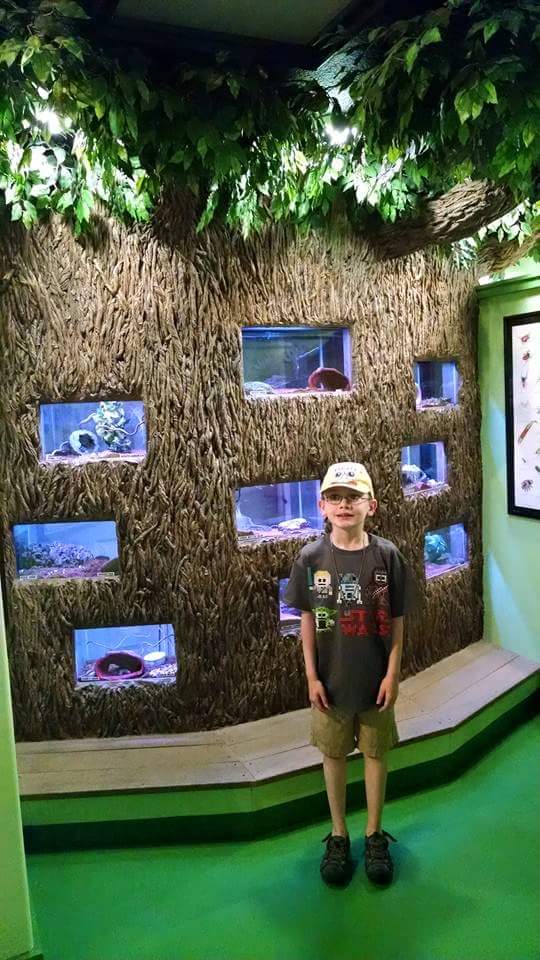
Tarantula Tree
A large tree that holds some of the largest bodied spiders on the planet. There’s also education on spiders, including venomous species that live in Northern Michigan.

Beetle Boulder
This exhibit houses many different kinds of bugs, including blue feigning death beetles and millipedes, mantis and more.
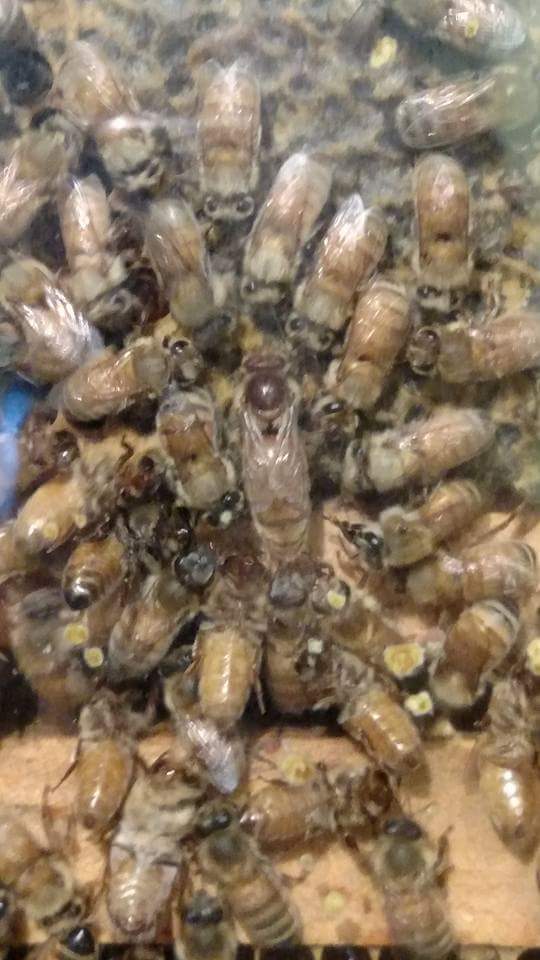
Honeybee Observation Hive
Take pleasure in knowing that the bees are safely tucked behind glass while you are able to observe the inner workings of a hive! Watch the bee dance, and keep an eye out for her majesty, the Queen Bee!

Frogs!
Amphibians are explained with poison dart frogs, horned frogs, tree frogs and firebelly toads who love to greet visitors. Watch for “Squishy,” our Iberian Rib Newt who lives with the frogs in our Paludarium.
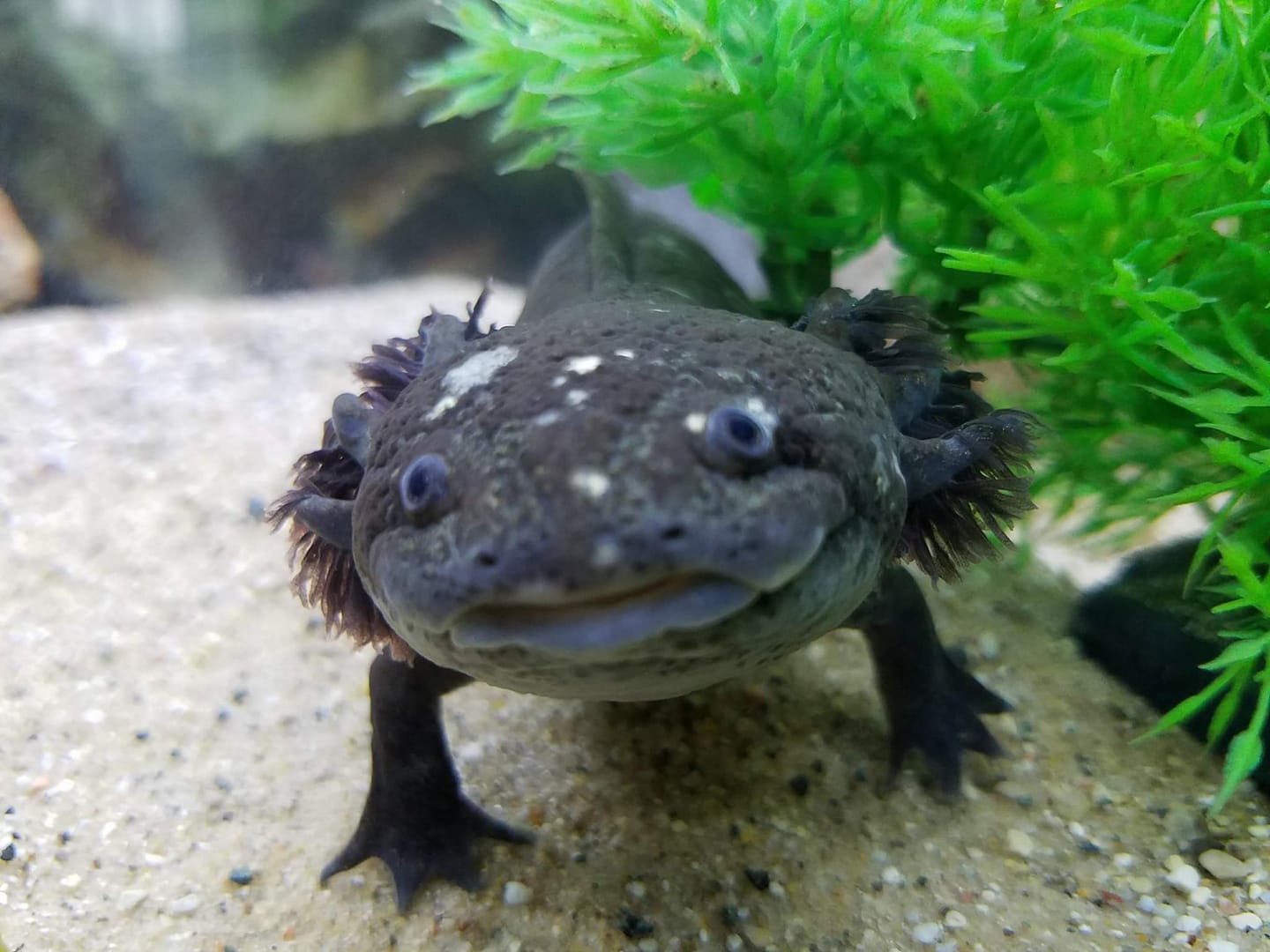
Axolotls!
If you don’t know what an “Axolotl” is, please come visit and meet them! These amazing creatures are highly endangered in the wild, and have been bred in captivity and studied by scientists for generations. Why? Because these animals, in the salamander family have the ability to regenerate limbs. They also breathe through external gills, and always seem to have a smile on their face….Weird and wonderful, Axolotls can teach about genetic diversity as well, demonstrating albino and melanistic traits.

Dr. Duke Elsner’s Crawl Space
This exhibit is dedicated to Dr. Duke Elsner, our resident Entomologist, who has collected thousands of bugs in his career and has generously allowed his private collection to be displayed! Featuring local bugs, moths and butterflies as well as educational information on the art of bug pinning.

